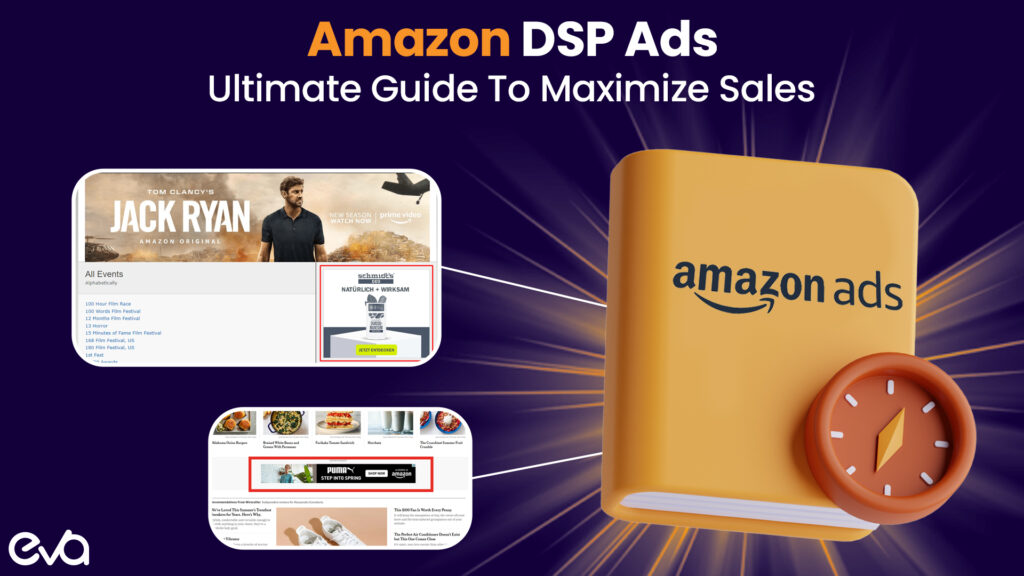significantly while Amazon is now making a lot of money from advertising ($14.3 billion in the most recent quarter alone), it might make significantly more if its ad technology were in a better position.
Over the years, Amazon’s advertising business has thrived despite, not because of, its ad technology.
But that might soon change.
Why are marketers investing so heavily in ad tech, sometimes referred to as the Amazon Demand-Side Platform? For the past two years, Amazon has been making it harder for them to refrain from doing so.
First off, compared to its rivals, marketers may use Amazon’s platform for programmatic advertising at a lower cost. In contrast to Google and The Trade Desk, where they would have to pay 15% and 20% of their planned advertising budget, respectively, they usually only pay 10% through the DSP.
READ MORE: Amazon Advertising Earned $50 Billion Over The Past 12 Months, And It’s Only Getting Started
Additionally, the real cost of ads through the DSP is typically lower once they pay that price, particularly for regular and remarketing audiences, which typically range from $2.50 to $4.
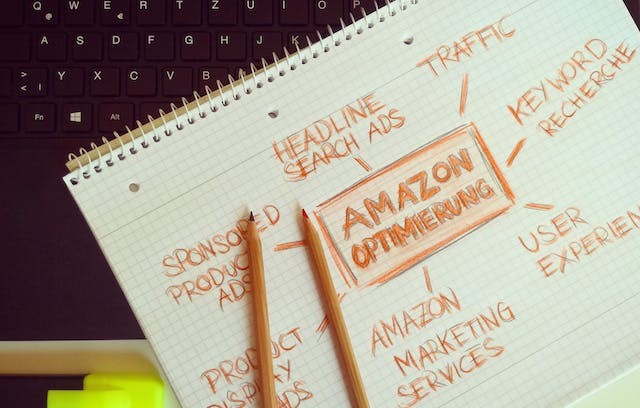
It’s easy to understand why marketers are lining up to spend more money on the ad tech when those financial incentives are combined with the fact that Amazon’s DSP is the only way to advertise on the new Prime Video ad inventory, and that search and display advertising costs are on the rise, up 6%, according to Tinuiti.
An example would be Tinuiti customers, such as Etsy and Gap. According to the agency, their DSP spending has increased by 27% this year over last. Prime Video advertising is a key factor in this growth, as DSP expenditure increased by 255% during the same time period. In 2024, DSP spending is expected to account for 30% of the agency’s overall Amazon advertising, a significant rise from 22% the previous year.
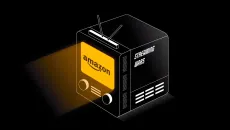
Josh Glenn, vice president of retail and commerce at MindgruveMacarta, a performance marketing firm, agreed. Without giving specific names or numbers, he claimed that his clients had increased their DSP investment by 42% this year over the same period last year. With the same advertisers expected to spend almost a third (37%) more in the last quarter of the year than they did during the same period last year, it will only pick up speed.
READ MORE: Amazon Outlines Its Next $50 Billion Opportunity In Advertising
The same is true for the advertisers Pacvue, a company that supports commerce ads, who are currently spending 6.85% more per day on average this quarter than they did last, and over 18% more than they did at this time last year. As a result, sales have increased significantly, rising 13% from the previous year and nearly 30% from this quarter. Despite a 21% increase from the previous quarter, profits on that spending are down 4.7% from the same quarter last year.
Even though these numbers are encouraging, it’s advisable to be skeptical about them.
Since smaller players usually don’t promote from the Amazon DSP very often, if at all, they lean significantly favor larger advertisers.
And why would they?
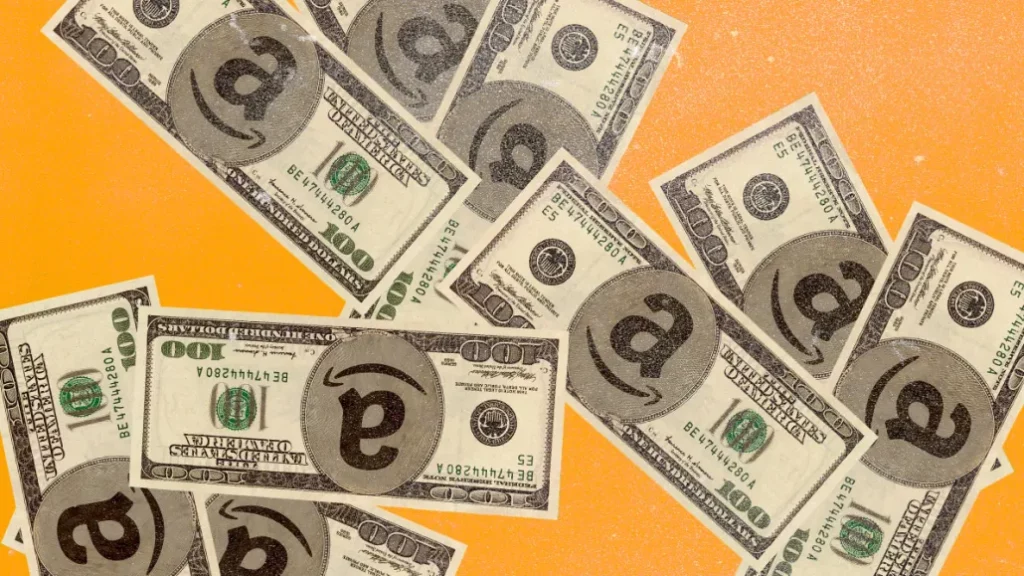
Given that the managed service option requires a minimum ad spend of $50,000 and agencies advise spending about $25,000 on the self-service option for best results, the returns from the DSP would not be worth the investment if one were profit-driven.
However, that is just a portion of the issue.
There’s little reason to think these marketers could make a smart investment, even if they had the money to do so. Not when campaigns can be poorly handled due to the platform’s intricacy and challenging learning curve, particularly for smaller marketers without the requisite bandwidth. Without it, companies run the risk of wasting their funds on unproductive plans, which would make the investment seem pointless.
In other words, the DSP begins to appear more like an expensive bet than a clever advertising solution.
READ MORE: In 2024, Amazon Prime Video Is Expected To Generate Over $1 Billion In Advertising Revenue
According to Melissa Burdick, president of Pacvue, “the Amazon DSP is still in its infancy and has a lot of room to grow, but a lot of that will depend on those long tail sellers who aren’t using it currently.” “There, the DSP has no real traction.”
It’s unlikely, though, that the current situation will endure for very long. According to theory, the DSP is now more accessible and effective for smaller advertisers because to recent changes including the redesigned interface and AI-driven capabilities that were created especially to meet their demands.
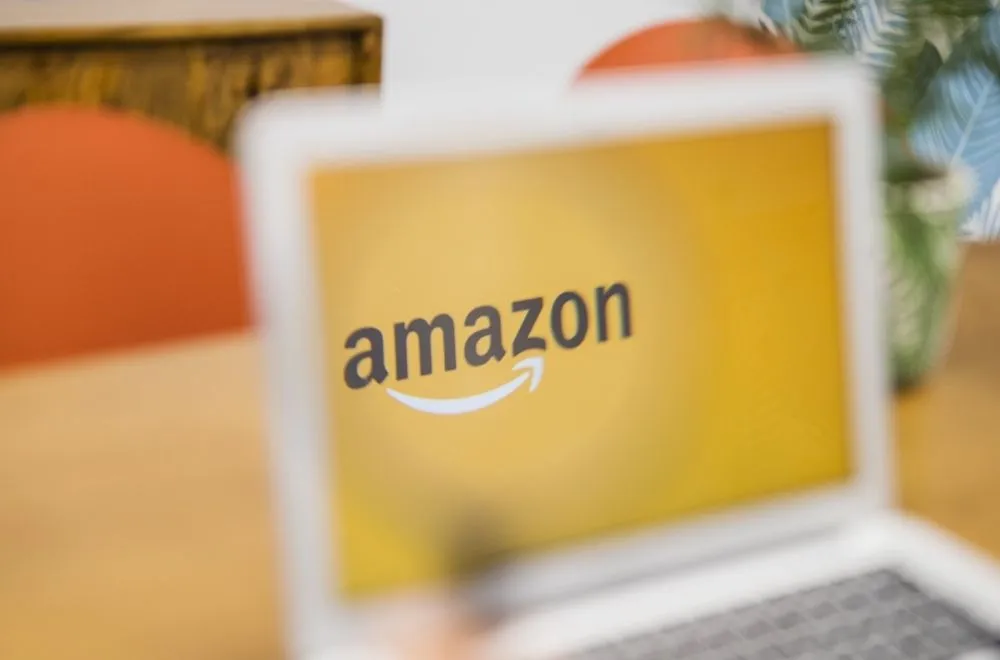
The organic mattress company’s vice president of sales and marketing, Arin Schultx, agreed. He underlined that his team is spending a lot more money on advertising through the Amazon DSP than they were a year ago, even if he didn’t go into precise statistics like Tinuiti did. “We saw a spike in our overall sales once we committed to the DSP,” he continued.
It has a greater probability of having a significant impact on the rise and fall of advertising revenue the more advertisers can persuade marketers like Schultx to do this. Their advertising budgets will be the main source of growth, far more so than those of their bigger competitors.
Amazon hasn’t overlooked its bigger advertisers, though. Instead, it has targeted them directly with one of its largest financial incentives this year.
For example, suppose a bigger advertiser invests $1 million in Amazon DSP. They could get run-of-network ad inventory, which entails broad reach and frequency across a network of sites without the option to specify, for merely 1% of that amount ($10,000). Larger, non-endemic advertisers who want to reach as many individuals as possible will undoubtedly take notice of it. I apologize again to anyone who are unfamiliar with the Amazon DSP: aggressive pricing significantly reduces the entry hurdle.
According to Joe O’Connor, senior director of innovation and growth at Tinuiti, “Amazon is undoubtedly creating strong incentives for brands to bring their marketplace negotiated deals into the Amazon DSP.” That strategy and a significant value proposition to move agreements into ADSP are reflected in the announcement of the 1% fee at unBoxed [last year]. More clients, especially streaming TV publishers, are moving their transactions into ADSP, according to Tinuiti. I expect that this offer will significantly quicken the rate at which bargains are introduced in ADSP.
Radiant TV, offering to elevate your entertainment game! Movies, TV series, exclusive interviews, music, and more—download now on various devices, including iPhones, Androids, smart TVs, Apple TV, Fire Stick, and more.


